Premium Only Content
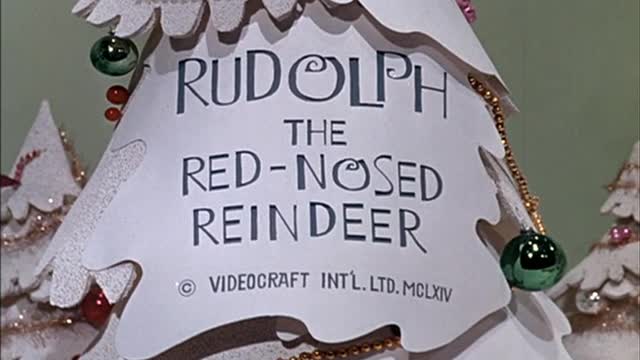
Rudolph the Red-Nosed Reindeer c. 1964 :
It’s janky. It’s junky. But it’s also jingle-jangly: Rankin-Bass’s 1964 holiday television special Rudolph the Red-Nosed Reindeer established the mid-century template for American Christmas tradition in all its glorious kitsch. Something about the stop-motion makes it fascinating, year after year, to the very young: the characters are hypertactile, all hair and fur, the story simple but elemental. Where A Charlie Brown Christmas appeals to the bourgeoisie, with its anti-consumerist screed and middle-brow jazz, and How the Grinch Stole Christmas’s Seussian wit positions it as the most effectively classic and timeless. Its Abominable Snowman is like Baby’s First Harryhausen, made all the scarier by its lo-fi movements and the compensating hyper-close-ups.
Rudolph the Red-Nosed Reindeer endures for all of these elements and a bang-up folksy Burl Ives soundtrack, and its production history represents a model that American TV animation continues to employ to this day: After storyboarding in New York, the actual “Animagic” animation was outsourced to Tadahito Mochinaga’s team in Japan. The interchange between American and Asian animation outfits, including the problem of who exactly does what labor, would endure — as would that adorable, nasal-voiced reindeer.
https://www.vulture.com/article/most-influential-best-scenes-animation-history.html
-
 0:10
0:10
Deer Ravine Ranch & Airbnb
4 years agoRudolph the Reindeer
94 -
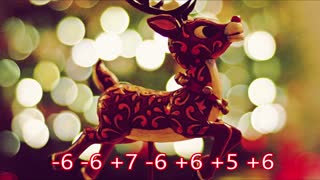 2:00
2:00
TheHarmonicist
4 years ago $0.01 earnedChristmas - Rudolph the Red Nosed Reindeer - C Harmonica (tabs)
138 -
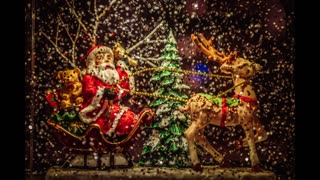 1:40
1:40
SandysSkillz
4 years agoRudolph the Red Nosed Reindeer//traditional christmas song//best christmas song.
321 -
 0:32
0:32
Greg Vail Jazz
4 years ago $0.02 earnedSanta Sax LIVE - Rudolph the Red Nosed Reindeer - Christmas Sax Greg Vail
61 -
 7:36
7:36
My Hanger Art
4 years agoHanger Reindeer 2
15 -
 5:12
5:12
My Hanger Art
4 years agoHanger Reindeer 1
61 -
 0:17
0:17
meshally07
4 years ago $0.01 earnedGolden Reindeer
693 -
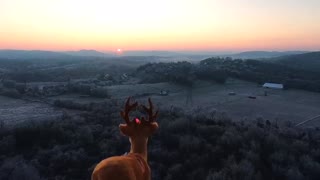 0:59
0:59
Johnruns
4 years agoRudolph Rides Drone
26 -
 0:17
0:17
meshally07
4 years agoSmiling Golden Reindeer
34 -
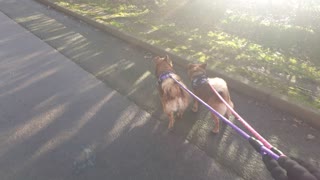 0:09
0:09
PaulRimmer
4 years agoRudolph & Prancer help
921